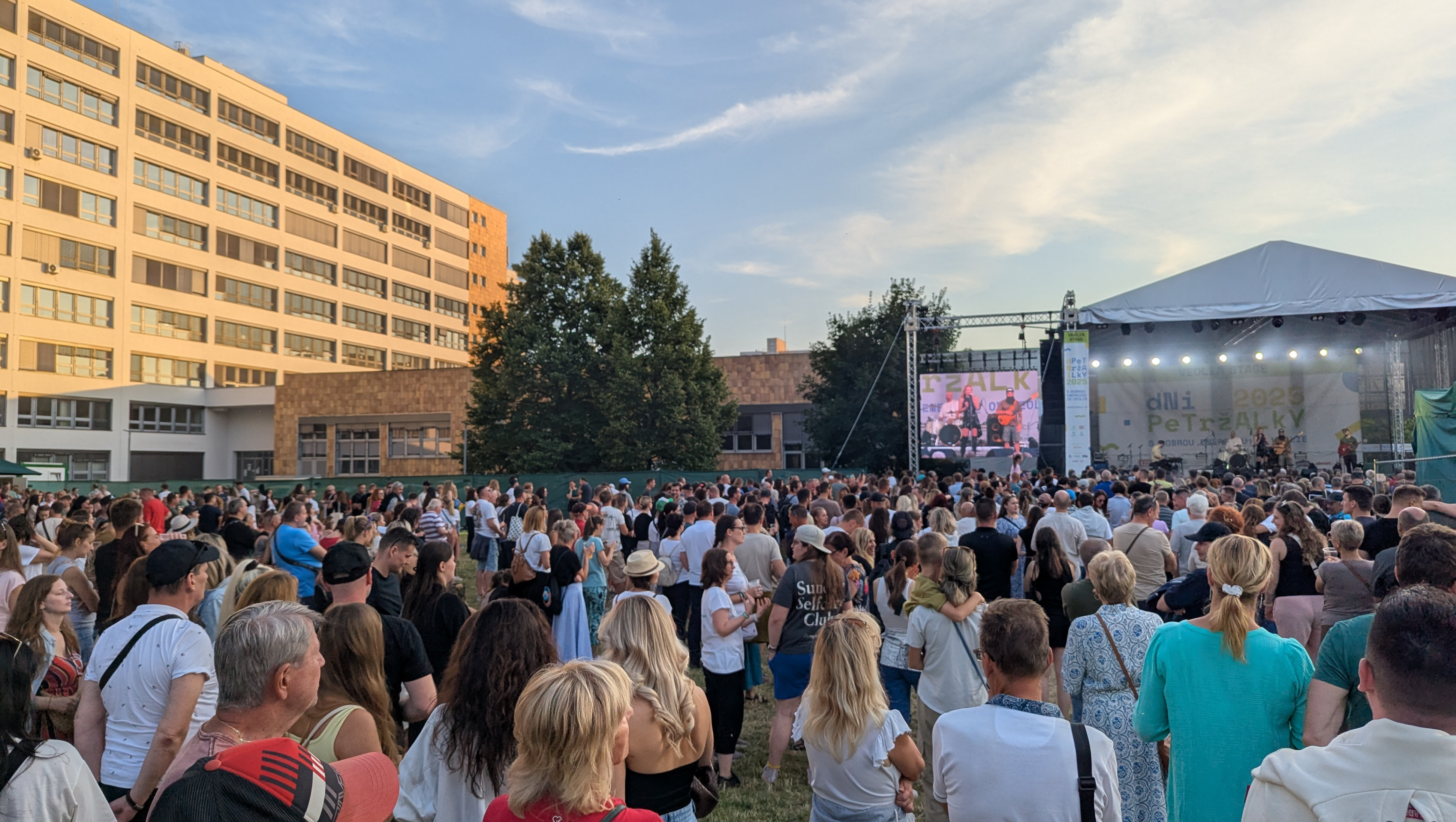
Music Diversity in Europe: Snapshots of the OpenMusE Project’s Findings
The debate around music diversity has recently gained new attention in Europe, mainly because of the growing importance of streaming platforms, AI-driven recommendation systems, and the need to ensure fair compensation for creators.
Within this context, our research, conducted under the Open Music Europe Project, leading to deliverable D2.1 – “Music Diversity and Circulation: Novel Data Collection Methods and Indicators”, identifies research questions, regulatory definitions, data sources, gaps, and methods, to co-develop a robust set of indicators that can contribute to fostering cultural and music diversity across borders.
The research comprised five distinct yet interconnected phases. It began with the identification of research questions and the consolidation of a working definition of cultural and music diversity, built upon an updated review of existing literature. It then moved to a comprehensive mapping of international, European, and national regulatory sources that either directly define cultural diversity, embed it as a fundamental objective, or employ diversity indicators in their implementation. This mapping was deliberately wide in scope, extending beyond copyright to encompass audiovisual law, competition, trade, and cultural policies, recognising that these areas indirectly impact the conditions for music diversity. The third step consisted of an economic analysis of cultural diversity, examining its relationship with the circulation of works, human capital, employment, and the economic performance of the music industry. In a fourth step, existing and proposed policy objectives were aligned and, wherever possible, translated into measurable indicators. Finally, the research addressed data sources and gaps, identifying available data at the European and national levels, exploring Slovakia as a paradigmatic case study, and proposing methods of data collection to fill existing gaps.
Understanding Music Diversity
The notion of cultural diversity is far from straightforward. International instruments such as the 2001 UNESCO Declaration on Cultural Diversity and the 2005 UNESCO Convention on the Protection and Promotion of the Diversity of Cultural Expressions (CDC) define it as a shared heritage of humanity and link it to values of freedom of expression, media pluralism, and the accessibility of diverse cultural works.
In the music sector, however, definitions often fluctuate between two different meanings. On the one hand, cultural diversity is understood to mean the representation of different nationalities, ethnicities, genders, or linguistic groups among creators. On the other hand, it refers to the diversity of content, namely, the variety of genres, styles, and artistic forms available to audiences. These meanings are often used interchangeably, which creates ambiguity in how cultural diversity is understood and makes it more difficult for policy makers to establish clear policy objectives.
To overcome this ambiguity, our research adopted a functional and multifaceted notion of music diversity, which integrates demographic & anthropological, artistic and economic dimensions of diversity. This approach acknowledges music as both a cultural expression and an economic good. It also recognises that music diversity cannot be reduced to a simple measure of how many genres or languages circulate in the market but must include the demographic characteristics of those who produce music, the freedom of expression of minority groups, and the economic conditions that enable creators to sustain their activity.
International and European Sources
The international legal framework for cultural diversity has progressively broadened its scope. A closer look into the evolution of international legal framework addressing diversity through the UNESCO Conventions reveals a notable shift from initially focusing on the diversity of natural persons or groups to a broader consideration of the diversity of forms of expression. The early conventions, dating back to the 1950s, primarily targeted discrimination against individuals based on factors such as sex, race or ethnicity, religion or belief, disability, age, or sexual orientation.
Early UNESCO conventions in the 1950s addressed non-discrimination of individuals on grounds such as race, disability, age, sexual orientation or religion. From 2001 onwards, with the Declaration on Cultural Diversity and the 2005 Convention, the emphasis shifted to the creation, production, and circulation of diverse cultural expressions. More recent studies by UNESCO, WIPO, GESAC and others highlight the challenges of digitalisation, pointing to the decisive influence of streaming platforms, algorithmic recommendation systems, and data infrastructures on cultural diversity. The common point in these studies is the insistence on transparency, discoverability, and fair remuneration as essential conditions for music diversity.
At the European level, cultural diversity was for a long time marginal. The early Treaties contained no cultural mandate, leaving Member States with full sovereignty in cultural policy. Gradually, however, culture entered the EU’s sight: first indirectly via trade policy, then explicitly with Article 128 of the Maastricht Treaty, and later strengthened under Article 167 of the Treaty on the Functioning of the EU. Copyright and related rights instruments have since been mobilised to integrate cultural diversity concerns into the digital single market.
The most significant instrument in this respect is the Copyright in the Digital Single Market Directive 2019/790 (CDSM Directive), which addresses content moderation, transparency, and fair remuneration in Articles 17 to 19. These provisions aim to improve cooperation between rightsholders and platforms, enhance the visibility of works through better data, and ensure equitable compensation for authors, including niche and local artists who are often disadvantaged in opaque revenue-sharing systems. The Collective Management Organisations Directive (EU Directive 2014/26) also plays a role, imposing governance and non-discrimination obligations on CMOs and reinforcing their cultural responsibilities. Beyond copyright, the Portability Regulation (Regulation EU 2017/1128) and the Geo-blocking Regulation (Regulation EU 2018/302) remove barriers to access by guaranteeing cross-border use of content and prohibiting discrimination based on nationality. Finally, the SatCab II Directive (Directive EU 2019/789) promotes cross-border licensing for broadcasts, which become available with a streamlined licensing procedure, further widening the circulation of diverse repertoires.
Our research suggests that these measures represent a gradual but still incomplete integration of cultural diversity into EU copyright law. Indeed, these measures focus on the circulation of works, neglecting the demographic and anthropological aspects of diversity, leading to a misalignment with the broader definitions established in international law.
Conclusion: gaps and the way forward
Our mapping of regulatory tools across international, EU, and selected Member State sources evidences an emerging convergence around diversity-related policy objectives. Despite this, it also highlights that important gaps remain. First, there are divergent views among policymakers and stakeholders on the effectiveness of instruments such as content quotas. Even where content quotas exist, they are based on demographic indicators (e.g., gender, origin), resulting in a lack of alignment between media regulation and other rules that protect cultural heritage, including music diversity. Second, elaborating suitable indicators remains difficult. Current measures tend to privilege gender representation, whereas other demographic dimensions, such as minority languages, ethnicity, age, nationality, and place of origin, are insufficiently integrated into the legal frameworks. In connection to this, the impact of streaming platforms and their algorithmic recommendation systems on diversity remains mostly unregulated, despite the fact that these systems are increasingly determining which artists are visible and which remain marginal. Third, data availability is still fragmented. In this sense, our research highlighted good practices identified among CMOs, other cultural statistics initiatives, and EUROSTAT, which could be integrated into broader policy objectives.
In light of these findings, the next step in our research is to translate our findings into policy recommendations. The aim is to address the misalignment between regulatory tools and cultural policy objectives and to promote a framework that fosters diversity in the European music ecosystem.
Authors: Caterina Sganga & Magali Contardi, Scuola Superiore Sant’Anna





